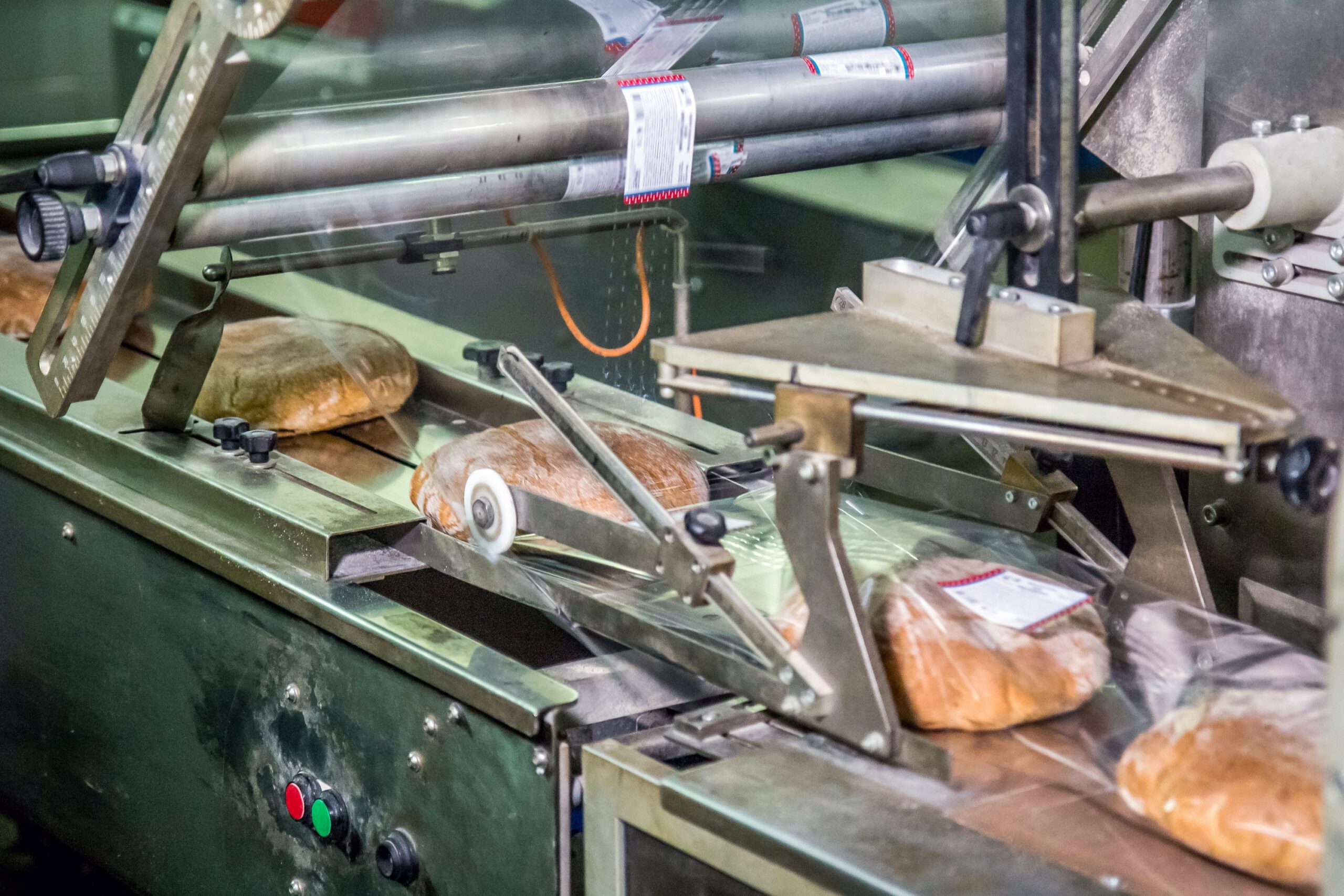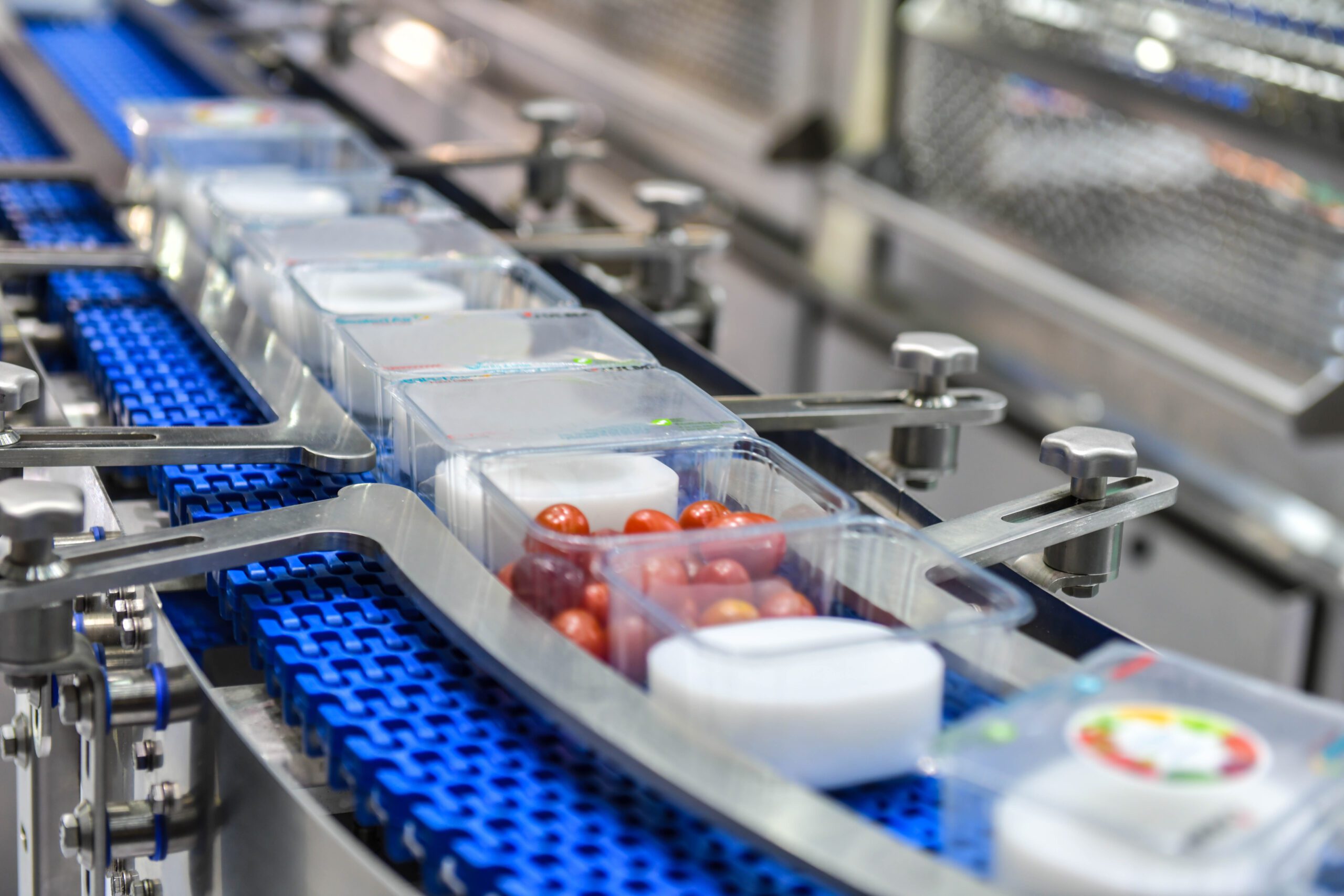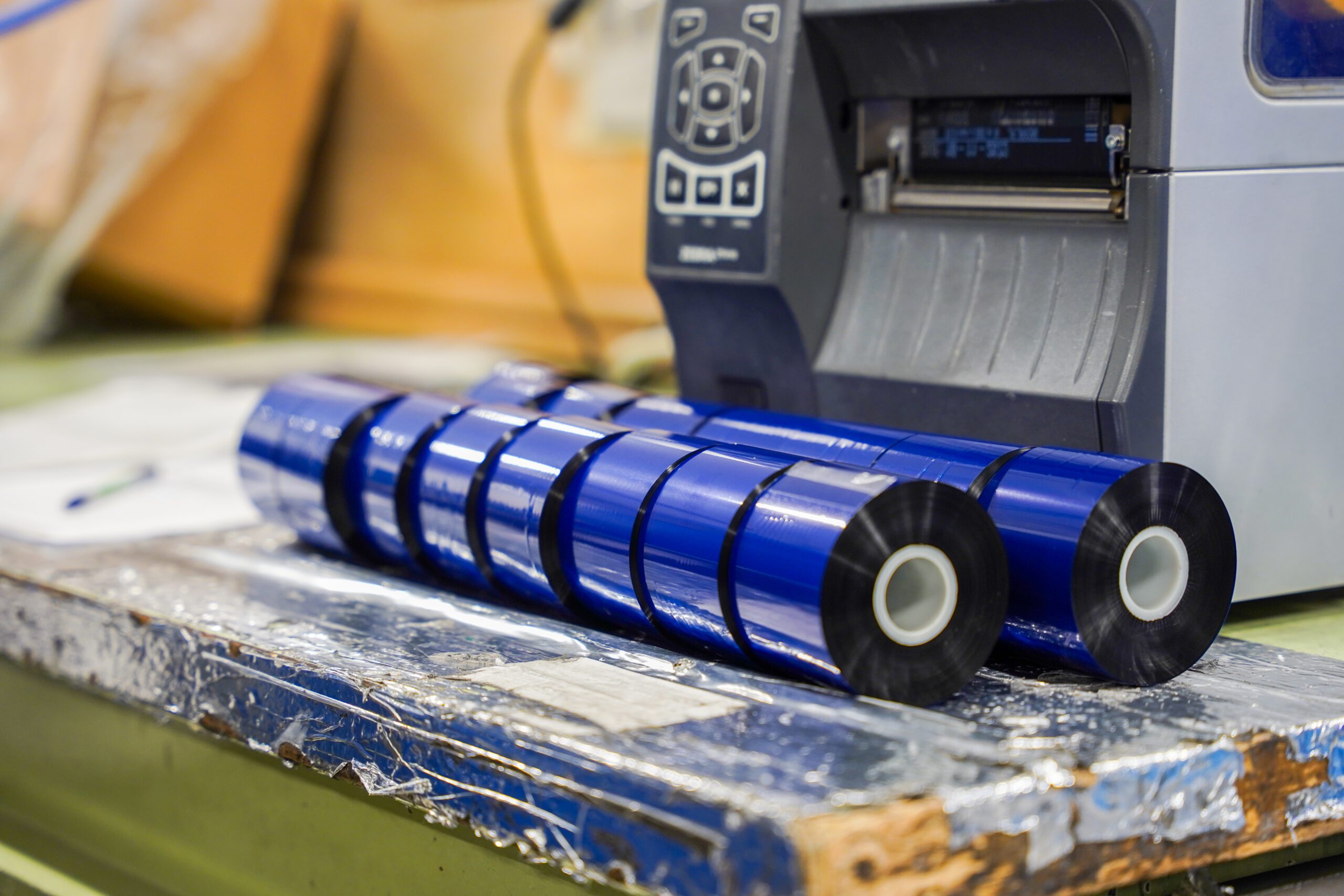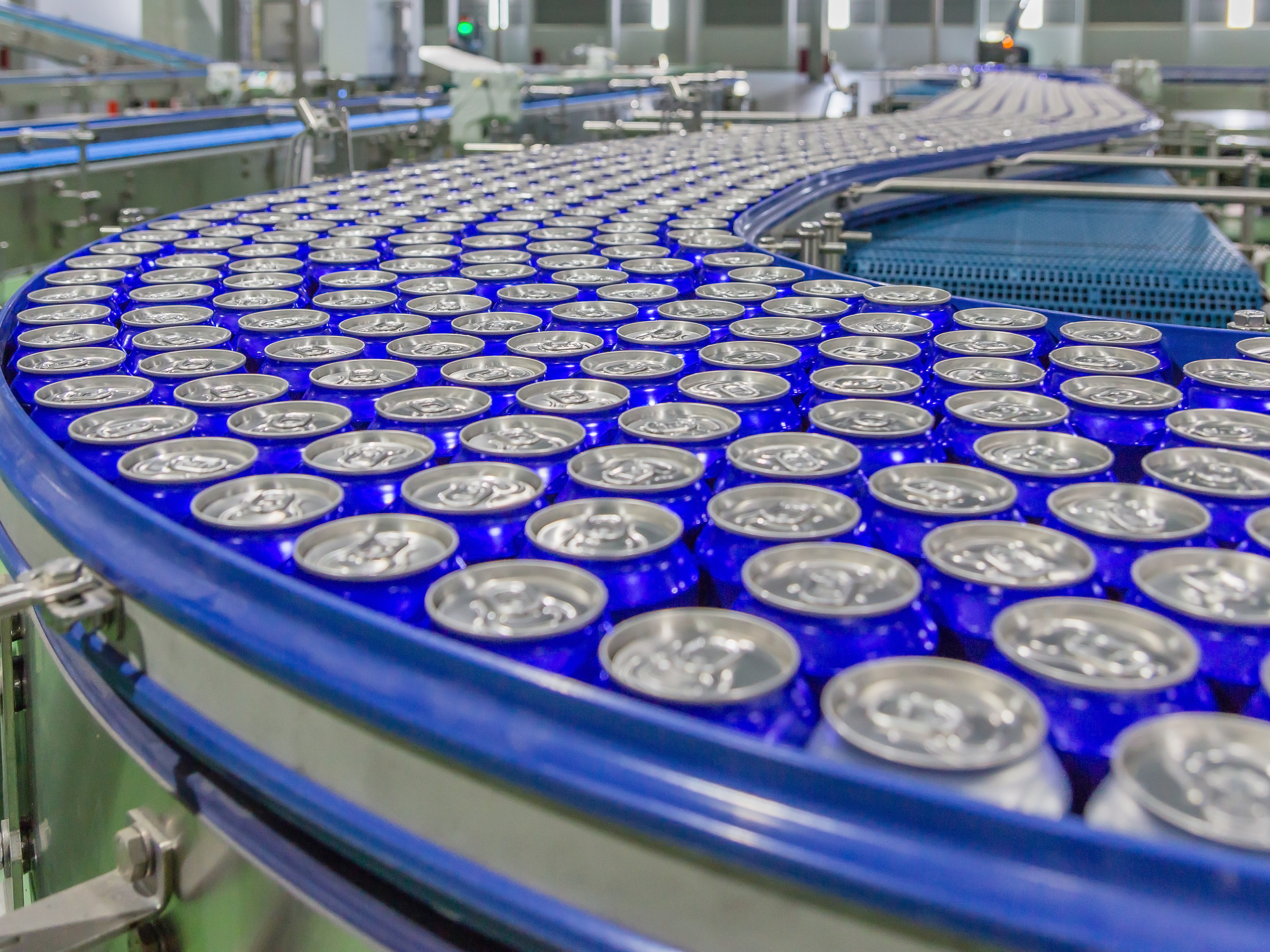The benefits of high-quality barcodes on food packages
Within the food & beverage industry, barcodes play an important role offering several advantages such as:
- Enhancing traceability and product recall management: Barcodes play a crucial role in enhancing traceability throughout the food supply chain. Each barcode contains a unique identifier that allows manufacturers, distributors, and retailers to track the movement of products from production to consumption. For instance, in the event of a product recall or quality issue, barcodes enable swift and accurate identification of affected items.
- Streamlining inventory management and reducing human errors: Barcodes revolutionised inventory management in the food industry. By scanning barcodes, manufacturers can automate data entry processes, reducing the risk of human errors associated with manual data input. This automation enables real-time tracking of inventory levels, providing accurate and up-to-date information on stock availability. As a result, manufacturers can optimise their inventory levels, ensuring efficient production planning, minimising waste, and avoiding stockouts or overstock situations.
- Consumer convenience: In today’s consumer-driven market, transparency and access to product information are paramount. QR-codes, an evolution of the barcode, on food packages allow consumers to easily access essential details about the product they are purchasing. By simply scanning the code with a smartphone or a barcode scanner, consumers can obtain comprehensive information such as ingredients, nutritional facts, allergen warnings, and even product origin.
By leveraging barcodes on food packages, manufacturers can enhance traceability, streamline inventory management, reduce human errors, and provide consumers with easy access to essential product information. The utilisation of barcodes and other variable data not only improves operational efficiency and accuracy but also enhances consumer satisfaction and trust in the brand.

Thermal Printers for food labels and packaging
Thermal transfer printers have earned their unique place in the food packaging industry, providing high-quality and durable prints for food labels. These printers utilise a unique thermal transfer printing technology that uses heat to transfer ink onto labels and other substrates such as flexible packaging, resulting in sharp and long-lasting prints.
High-quality and durable prints for food packaging
Thermal printers produce prints of high quality, ensuring that vital information on food labels and flexible materials remain clear and legible throughout the product’s lifecycle. The thermal transfer printing process allows for precise release of the ink, resulting in sharp text, vibrant graphics, and high-resolution barcodes. This level of print quality is essential for meeting regulatory requirements, conveying product information accurately, and maintaining brand integrity.
Moreover, thermal prints are highly durable, resistant to fading, smudging, and abrasion. This durability is particularly crucial in the food industry, where products may be exposed to various environmental factors such as moisture, temperature fluctuations, and handling. Thermal prints withstand these conditions, ensuring that crucial information, such as expiration dates, remains intact and readable until the product reaches the consumer.

Cost-effectiveness and time efficiency of Thermal Printers for food labels
Thermal printers offer significant cost and time-saving advantages for food packaging operations. Unlike traditional printing methods that require ink cartridges or toners, thermal printers use thermal transfer ribbons, eliminating the need for frequent ink replacements. This results in reduced operational costs and eliminates the risk of running out of ink during critical production periods.
Additionally, thermal printers are highly efficient in terms of printing speed. They can quickly generate labels, allowing manufacturers to meet tight production deadlines without compromising quality. The fast printing speed of thermal printers contributes to increased productivity and ensures that labeling processes keep pace with high-volume production demands.

Compatibility with various packaging and labelling materials
Thermal printers are compatible with a wide range of labels and other substrates, including paper, synthetic materials, and specialised food-grade materials. This versatility allows manufacturers to choose materials that best suit their specific packaging requirements, such as moisture-resistant labels for refrigerated products, flexible packaging or tamper-evident labels for added security.
Compatibility with various Thermal Transfer Ribbon formulations
Thermal printers are compatible with a wide range of thermal transfer ribbons. This allows manufacturers to choose the most suitable option for their packaging needs.
Choosing the right thermal transfer ribbon is crucial for optimal print quality and durability in food packaging. Here are some types commonly used:
- Wax ribbons: Cost-effective and suitable for various label materials.
- Wax-resin ribbons: Balanced print quality and durability for moderate exposure.
- Resin ribbons: Highly durable for harsh conditions and extreme temperatures.
Consider label material compatibility, durability requirements, and regulatory standards when selecting a thermal transfer ribbon. This ensures clear, legible, and long-lasting labels in food packaging.

Choosing the right barcode for food packaging
When it comes to printing on food packaging, choosing the right barcode is essential for efficient inventory management and tracking. There are various barcode types available, each with its own functionalities and benefits.
One commonly used barcode type is the Universal Product Code (UPC), which is widely recognized and accepted in the retail industry. UPC barcodes consist of a series of numbers and can be easily scanned by most barcode scanners. They are ideal for food products that are sold in supermarkets and grocery stores.
Another barcode type often used for food packaging is the QR code. QR codes are two-dimensional barcodes that can store a large amount of information, such as product details, nutritional information, and even website links. They can be scanned using smartphones or dedicated QR code scanners, making them versatile and user-friendly.
When selecting a barcode for food packaging, it is crucial to consider the size, placement, and readability of the barcode. The barcode should be large enough to be easily scanned by a barcode scanner without any errors. It should also be placed in a visible and easily accessible location on the packaging, ensuring that it can be quickly scanned at the point of sale or during inventory management.

Challenges and solutions of barcoding on food packaging
Packaging experts may experience a series of challenges that come with printing of barcodes on packaging within the food & beverage industry such as:
- Limited space: Barcoding on food packages can present unique challenges, such as limited space for barcode placement or packaging materials that may interfere with scanning. Overcoming these challenges may involve using smaller barcodes or alternative barcode types that can be easily integrated into the packaging design.
- Difficult food packaging materials: Dealing with certain packaging materials or surfaces, such as reflective or textured surfaces, can pose challenges for barcode scanning. To ensure barcode readability, using specialised barcode labels or printing techniques that enhance contrast and visibility may be necessary.
- Durability and longevity: Barcodes must remain intact and scannable throughout the entire product lifecycle, from production to distribution and retail. Proper handling and storage of products, as well as regular inspections and maintenance of barcodes, can help maintain their integrity and prevent scanning issues.

Conclusion about barcodes on food packaging
In conclusion, the use of barcodes on food packaging, particularly when paired with thermal printers, offers numerous benefits for the food industry. Barcodes enhance traceability, streamline inventory management, and provide consumers with convenient access to product information.
Thermal printers, with their high-quality and durable prints, are well-suited for food labels and packaging. They offer cost-effectiveness, time efficiency, and compatibility with various materials and ribbon formulations. Overall, the integration of barcodes printed with thermal printers in food packaging improves operational efficiency, accuracy, and consumer satisfaction, ultimately enhancing trust in the brand.
